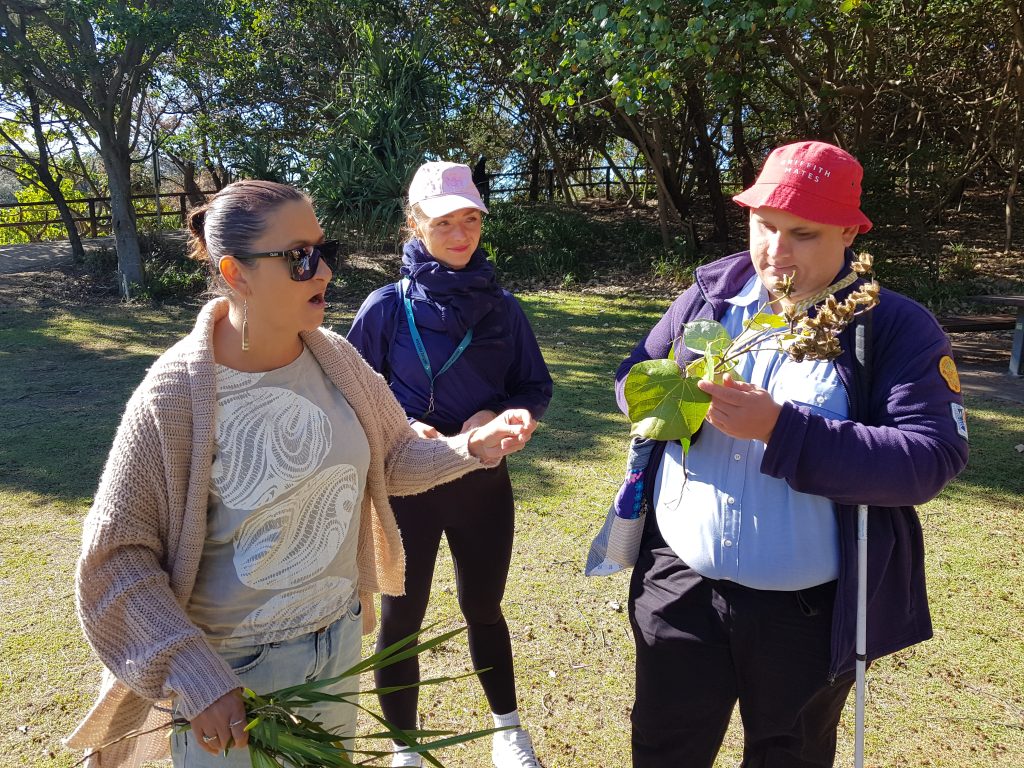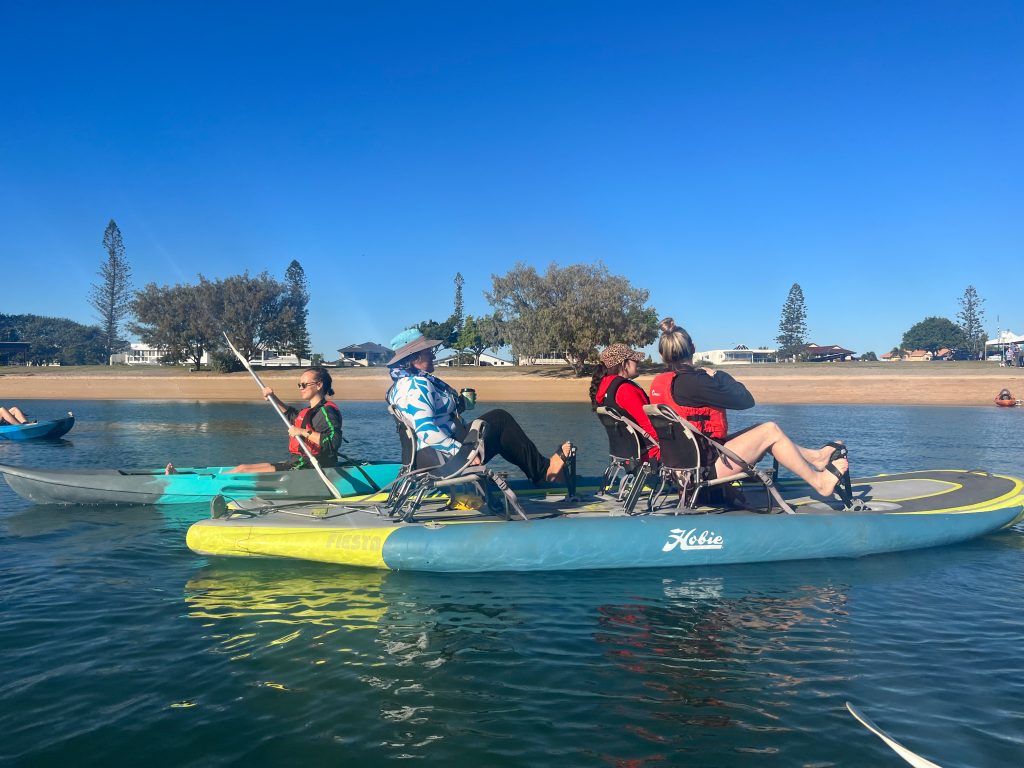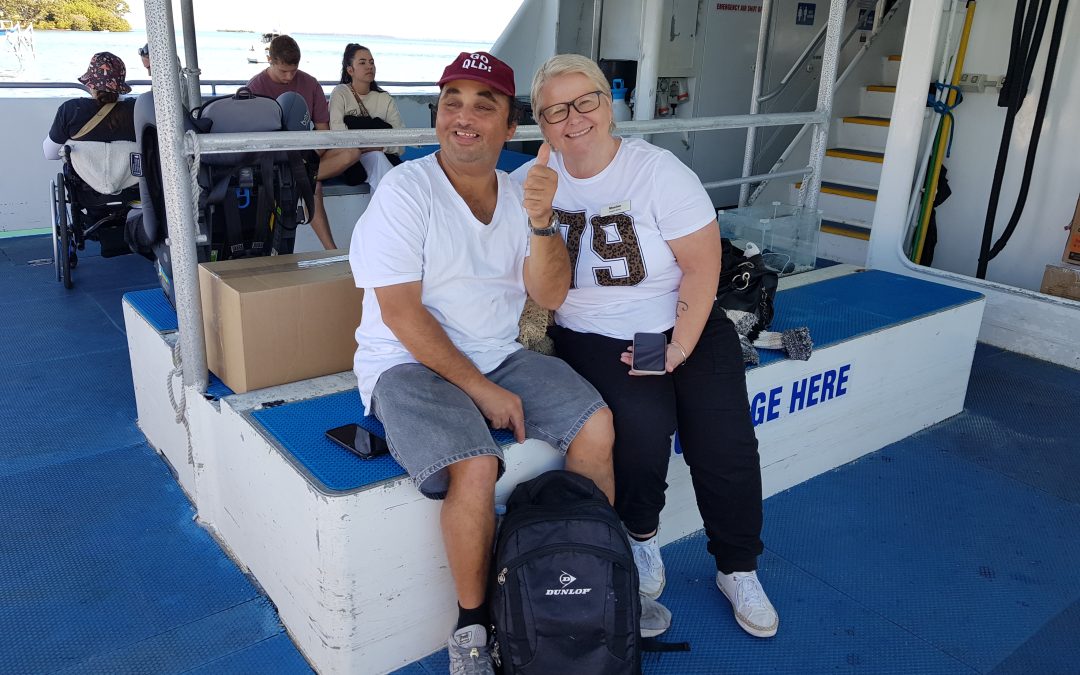What is Accessible Tourism?
Explaining accessibility is difficult due to its many facets and lack of a universal definition. In Australia, accessible tourism refers to ensuring that tourist destinations, products, and services are available to everyone, regardless of abilities.
Accessible tourism goes beyond just providing access. When the focus is solely on access, there is a heavy emphasis on meeting compliance regulations, which can be expensive and time-consuming. Instead, we should see the potential to differentiate and tap into a vast and expanding market. We need to shift our focus to be customer-centric and prioritize creating an inclusive experience for everyone, regardless of age or ability. It’s important to move away from just checking boxes and aim for a truly inclusive and welcoming environment.
There is a perception that accessible tourism only benefits people who use a wheelchair, when, only 4.4% of people with a disability are wheelchair users. In simple terms, accessible tourism benefits not only those with permanent physical, sensory and/or intellectual disabilities, but anyone who might find themselves in a specific situation in which they have more difficulties than usual when travelling. This could include:
- People with invisible disabilities – including those living with long-term illness and severe allergies or conditions such as coeliac disease
- Parents with small children who need pram access
- Culturally and linguistically diverse people
- Elderly people who may have decreased mobility, vision or hearing loss
- People with temporary injuries or illnesses

The Importance of Accessible Tourism
The importance of making tourism more accessible and inclusive is not only a human rights issue, there is also a compelling business case for improving accessibility. Research shows that accessible tourism currently represents $10.8 billion tourism spent in the Australian economy. To put it into perspective, that surpasses that of the Chinese inbound market at $10.4 billion which is commonly seen as the ‘golden ticket’ in tourism. This market is predicted to be approaching 25% of total tourism spent by 2020 which is being driven by the aging population, the launching of the NDIS, and new technologies and adaptive equipment for people with disabilities (PWD).
Three main trends that are likely to contribute to the growth of the accessible tourism market:
- The ageing population – Research shows that disability, health conditions and dependency increase with age. It has also been found that the ’baby boomer’ market will have significant purchasing power, and those who want to continue travelling and seeking active, fulfilling and authentic experiences, regardless of impairments will require services and experiences to be adapted to their access needs.
- The launching of the NDIS – Providing Australians under 65 who have a permanent and significant disability with the supports they need to enjoy an ordinary life has highlighted more than ever their desire to be part of their community and to travel.
- New technologies and adaptive equipment for PWD – The advancement of adaptive equipment for PWD has allowed them to increasingly participate in tourism activities. These include wheelchairs equipped with adaptive tires or caterpillars for travelling across sand or snow, electric wheelchairs that can take a user across rough terrain, beach wheelchairs and beach matting that can improve access to the beach, adaptive paddle boards that allow a wheelchair user to participate in stand-up paddle boarding and adaptive equipment for extreme activities like paragliding. For those with visual impairments, the evolution of the smartphone and its software is transforming mobile phones from “smart” phones to a tool for accessibility and opportunity. One example is software that gives detailed directions or descriptions of artefacts through audio, which makes travelling much more convenient for people with visual impairments. All these innovations make access to tourism activities easier, and as more innovations are released over the next few years, this will change what tourism providers can offer to increase the accessibility of their activities.
There is an opportunity for councils, tourism providers, businesses, and the DMO to collaborate and improve their understanding on how to cater to the accessible tourism market. This not only benefits tourists but also the communities residing in the tourism area. By increasing accessibility, the impact goes beyond the tourists to the wider society by creating new job opportunities, generating more tax revenue, and providing an accessible environment for both locals and visitors.


